How to Prevent Diabetes and Get Off Diabetes Meds Without Counting Carbs + Plant Based Chocolate Cupcakes
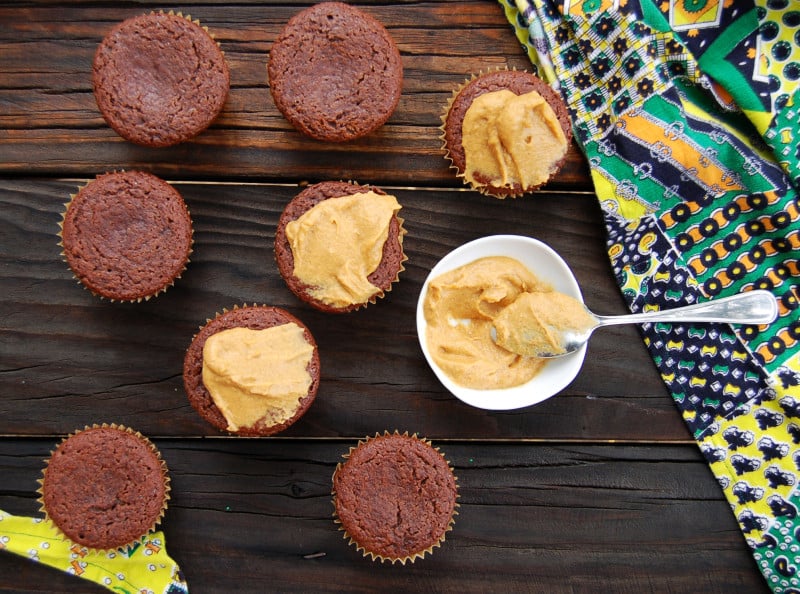
By Molly Patrick
Nov 3, 2015,
By Molly Patrick
Nov 3, 2015,
There are two types of diabetes. Type 1 and type 2.
Both types have their own unique characteristics, but it all comes down to the fact that if you have diabetes, your body has a hard time processing sugar. And as a result, the amount of sugar in your bloodstream is too high.
Let’s talk basics.
The cells in the body use glucose as their main energy source. You eat food, food breaks down into glucose, glucose goes into your cells, and this gives you the energy you need to live your life.
Think of glucose as your body’s fuel, it powers your movements, your thoughts, and everything in between. When you wake up tomorrow morning and get out of bed, you can thank glucose. The next time you have an orgasm, you can really thank glucose. It’s essential for life, orgasms and all.
Now let’s talk about insulin, because we can’t chat up glucose without bringing insulin into the mix. They go hand in hand.
Insulin is a hormone made by the pancreas, and one of the main jobs of insulin is to usher glucose from your bloodstream into your cells.
Glucose can’t just show up to your cells and expect to sail right in.
Nope. Your cells have some house rules, and rule number one is that glucose needs an escort to get into the party. Insulin is that escort. Without insulin, glucose is up shit creek and can’t easily get into your cells.
In people who don’t have diabetes or insulin resistance, glucose and its escort insulin show up to the cell, insulin flashes its VIP badge and glucose is invited in. Glucose is able to do its job from within the cell and the bloodstream is healthy and free of extra glucose.
This is what happens when things are running smoothly in the bod.
Let’s see what happens in type 1 diabetes.
Let’s say a bunch of glucose is hanging around your cell waiting to get in (I don’t know about you, but in my mind this is now a hot dance club). Glucose is just chillin’ in the bloodstream, outside the cell, waiting for big daddy insulin escort to show up and get glucose into the party. Glucose waits and waits, but insulin is a no show.
This is a problem because glucose can’t get into the cell without insulin so it stays in the bloodstream. And as we eat, more and more glucose shows up to the party and waits for insulin, but insulin is still a damn no show.
Now there’s a bunch of glucose in the bloodstream instead of inside the cells where it belongs. The problem with this scenario is that the pancreas is doing a crap job of producing insulin, so insulin never shows up to let the glucose into the cells. This is a typical type 1 diabetes situation.
Now let’s talk about type 2 diabetes.
Okay, so we have our cell (the hot dance club) and glucose is on a mission to get into the cell.
Glucose shows up ready to roll, and big daddy insulin escort is right there by its side, flashing its special VIP badge. Everyone is where they should be and doing their job, but there’s a problem. The cell isn’t letting glucose in, even with the help of insulin to get glucose in the door.
Whether the club is too full or the doorman is just being a douche will be revealed in a moment.
Whatever the reason, the fact remains that glucose can’t get into the cell and we now have the problem of too much glucose in the bloodstream. But this time it’s not because insulin is a no show. Insulin is there and busting its balls to get glucose into the scene and onto the dance floor (so much in fact, that it calls for backup and the pancreas gets busy producing and sending more insulin to the cell that won’t budge – which can lead to another problem altogether. More on that in a sec.).
The problem is, the cell won’t open up and let glucose in, even in the presence of insulin. This is a typical type 2 diabetes situation.
Here’s the deal.
Whether the cell won’t let glucose in, even in the presence of insulin (as in type 2 diabetes) or if insulin doesn’t show up to let glucose in (as in type 1 diabetes), if glucose can’t get into your cells, the bloodstream gets backed up with glucose and blood sugar levels sky rocket.
And once a lot of sugar (glucose) builds up in the blood, it has nowhere else to go but to flood into the kidneys and spill out in the urine. Back in the day, doctors would taste their patient’s urine. If it was sweet, diabetes was diagnosed. Hello golden shower.
Regardless of what type of diabetes is experienced, large amounts of glucose flooding through the bloodstream day after day is a dangerous situation. It can (and if left unchecked will) affect many of the major organs, including the heart, kidney, brain, and pancreas, as well as the blood vessels, nerves, eyes, and extremities.
Let’s get down to the nuts and seeds of the matter and talk numbers (see what I did there?).
There are currently over 34 million people in the United States living with diabetes, and 88 million people with pre-diabetes.
Just to give your brain something to snack on, the entire population of San Francisco is less than a million people (about 825,000 in 2013).
- Over 4,500 people are diagnosed with diabetes every single day.
- Diabetes and pre-diabetes cost the U.S. $322 billion dollars per year, and people with diabetes will each spend over $7,000 per year on their condition.
- Nine out of ten people with diabetes have type 2.
Currently, the most common way to treat type 2 diabetes is by taking diabetes drugs and following a diabetes diet.
Diabetes drugs attempt to do one of a few things:
- Make the cells more responsive to insulin.
- Make the pancreas produce more insulin.
- Block the liver from sending extra glucose to the blood.
The most common diabetes diet is meant to work in tandem with the drugs. It limits the amount of sugar and starch (complex carbohydrates), with the goal of keeping the amount of glucose in the blood constant, so that your daily dosage of medication can stay consistent.
The typical diabetes diet guides you on what, when and how much you eat. Even with diabetes drugs and following a diabetes diet, the results are far from perfect.
And that’s because this method aims to manage diabetes instead of getting to the root cause of the problem. People who have type 2 diabetes who choose this route often see mediocre results and there will likely never be a conversation with your doctor about getting off from diabetes medication.
Diabetes can be scary shit and a lot of people already have it or will eventually be diagnosed. But let’s hold our tatas for a hot second, because this doesn’t have to be your fate, and I’ll tell you why.
Let’s moonwalk back to the original problem with type 2 diabetes.
The issue isn’t the glucose in the blood or the lack of insulin. It’s that glucose is unable to get into the cells even in the presence of insulin. If glucose could just get its ass into the cells and shake that booty on the dance floor, there wouldn’t be a constant stream of backed up glucose in the bloodstream and things would be good.
No more insulin resistance and no more glucose in the urine. No more diabetes meds and no more unrealistic diets. No more blindness, amputations, or heart disease due to diabetes.
Maybe instead of managing diabetes, it makes more sense to get to the root cause of the issue and figure out a way for glucose to get into the cells, reversing and preventing this entire bumblefuck from happening in the first place.
Well bumblefuck be gone, because researchers have done exactly that.
It turns out that the reason why glucose can’t get into the cells, even in the presence of insulin, isn’t because the doorman is a douche, it’s because the cells are gunked up with fat.
This makes it extremely hard, if not impossible for insulin to do its job of getting glucose into the cell.
Turns out, gunked up fat particles are a result of the Standard American Diet (SAD); meat, dairy, eggs, and processed foods. And this is why type 2 diabetes has become an epidemic in the United states.
There is hope!
- There is a way to prevent and even reverse type 2 diabetes, without the use of diabetes medications or carb counting diets.
- Whether you’re insulin resistant, have pre-diabetes, or have been diagnosed with type 2 diabetes, you can easily clean out the gunked up fat particles in your cells, making it possible for glucose to enter your cells beautifully and keeping it out of your bloodstream.
Here’s the jam.
What research has shown is that diet changes can easily reduce the amount of fat particles gunked up inside the cells, allowing glucose in even when it was unable to enter before.
By taking this approach, it addresses the fundamental problem of type 2 diabetes and allows glucose to get where it needs to be; happily in the cells and not in the bloodstream. Which in turn will reduce blood sugar levels, increase insulin sensitivity, and reduce or eliminate the need for type 2 diabetes medications.
The diet that has been shown to do this is a low fat whole-food plant-based diet that avoids animal products and keeps oil to a bare minimum, the very diet that our weekly plant based Meal Plans are based around.
This diet consists of veggies, fruits, whole grains, beans, and legumes, the very food that people with type 2 diabetes have been told to stay away from.
This is the same diet that other research has also found to help reverse coronary heart disease, reduce blood pressure, lower BMI, and lower cholesterol – all without the use of drugs. The diet that helps one area of your health is the same diet that helps other areas of your health.
And with this way of eating you don’t need to count carbs or protein or put your eating on a schedule. You’re able to get in tune with your body, eat when you’re hungry, and stop when you’re full. End of story, and possibly the end of your medications as well.
I have talked with many people for the blog who have reversed type 2 diabetes with eating a whole-food plant-based diet. Check them out here.
I also asked a doctor from our community to weigh in on diabetes. Here’s what he had to say:
“For decades now, we in the medical community have recommended type 2 patients to eat high protein diets and to decrease their carb intake, which we thought was great for reducing the problems with blood sugar surges.
Unfortunately, this meant that we turned more people towards animal based foods, thereby worsening diabetes. Animal product intake has been directly linked to the development of type 2 diabetes.
Also, many docs still recommend no fruits because of the high “sugar” content, even though studies have shown over and over that patients who eat a plant-based diet, no matter how much fruit they’re consuming, have much better blood sugar results.
Another thing I tell my type 2 patients is that we are all born with a set amount of pancreas cells that make insulin. If you are overweight or eat very dense foods (animal proteins and animal fats) then your pancreas has to make a lot of insulin for days on end because those foods stay in the system for several days, unlike plant based foods which are quick to be digested and quick to exit the body.
What happens when these dense foods are consumed is that the pancreas literally burns itself out. So what we do with patients who develop type 2 diabetes (they are usually pre-diabetic for years) is we start them on oral meds to increase the efficacy of the still present insulin.
But almost always, type 2 diabetics end up on insulin (so in a way they become type 1, though we don’t say that – we actually use the term insulin dependent) because their pancreas has burnt itself out. Once your pancreas truly has no insulin left, it’s impossible to make more.
Following a plant-based diet, exercise, and losing weight is key. Have Molly help you with this. She knows what she’s doing.”
If you are currently insulin resistant, pre-diabetic or have been diagnosed with type 2 diabetes and you want to explore another option aside from counting carbs and taking medication for the rest of your life, check out our weekly Plant Fueled Meal Plans . All of the planning is done for you. All you have to do is shop, cook and eat.
Whether you sign up for our meal plans or not, just know there is a more effective way to get type 2 diabetes under control than relying on diabetes medication.
And the way I’m proposing also lowers your cholesterol, blood pressure, BMI, and is the very best thing you can do for your heart.
Let’s land this fuckery with today’s whole-food plant-based recipe.
If a miracle met magic, fell in love, and had a baby, their offspring would be this cupcake recipe.
I used millet and buckwheat so it’s flourless and gluten free. It’s also light and fluffy, which, I’m gonna’ be honest, surprised me. A lot.
The truth is, I tried to make healthy muffins for you last week and they turned out awful. I gave the failed recipe to my mom (because moms make everything better), she did her kitchen trickery, and they turned out beyond awesome. They also went from muffins to cupcakes. Well played mom, well played.
The next time you’re craving something cake-like, make these, put them in your mouth, thank mom, and then go ahead and thank glucose… again.
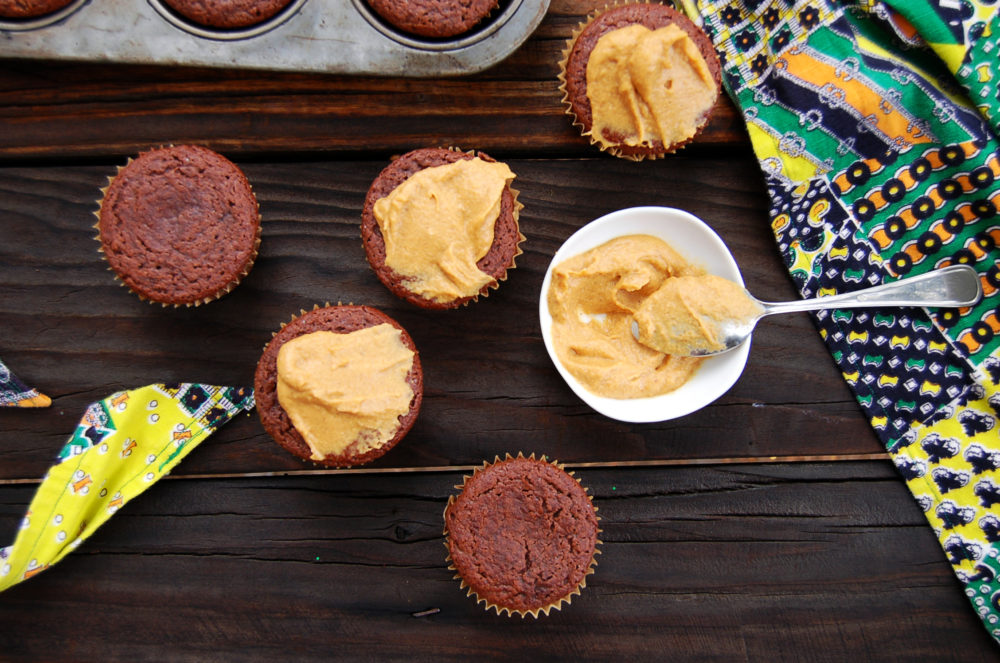
Ingredients
- ½ cup millet 105
- ½ cup buckwheat groats 100g
- 1 apple cored and cut into eights
- ½ cup unsweetened dried coconut 25g
- ½ cup 100% pure maple syrup 120 ml
- ½ cup cacao powder 30g
- ¾ cup mineral water 175 ml
- ½ cup walnuts 50
- 1 teaspoon baking powder
- ½ teaspoon baking soda
Frosting
- ½ cup cooked sweet potato 110g
- ¼ cups walnuts 20g
- 3 dates pits taken out and simmered for at least 5 minutes in water
- ½ tablespoon 100% pure maple syrup
- ⅛ teaspoon cinnamon
Instructions
- Soak the millet and the buckwheat overnight or for an entire day.
- Preheat the oven to 350°F (175°C).
- Drain and rinse the grains and add them to the blender along with the apple, coconut, maple syrup, cacao powder, mineral water, and walnuts.
- Blend until totally smooth, about 3 minutes.
- Pour the batter into a mixing bowl, add the baking powder and the baking soda, and whisk just until incorporated.
- Line your muffin tin with liners and fill each one with batter.
- Bake for 35 minutes.
- While the cupcakes are baking, make the frosting.
- Place the cooked sweet potato, walnuts, dates, maple syrup, and cinnamon into the blender and blend until totally creamy and smooth, about 2 minutes.
- Put the frosting in the fridge until the cupcakes are out of the oven and totally cool.
- When the cupcakes are cool, spread a generous amount of frosting on each.
I hope that you have a happy week. May it be filled with hope where there was no hope before.
Sources:
1. High-carbohydrate, high-fiber diets for insulin-treated men with diabetes mellitus
2. A randomized, controlled, pilot using a low fat, vegetarian diet. Toward improved management of NIDDM (Non Insulin Dependent Diabetes.
3. Can lifestyle changes reverse coronary heart disease?
4. Blood pressure regulation and vegetarian diets
5. Decreases in dietary glycemic index are related to weight loss among individuals following therapeutic diets for type 2 diabetes.
6. Changes in nutrient intake and dietary quality among participants with type 2 diabetes following a low-fat vegan diet or a conventional diabetes diet for 22 weeks.
7. The cost of diabetes
26 Comments
Leave a Comment
Love the food that loves you back
Get instant access to thousands of plant-based recipes and meal plans, no credit card or perfection required.

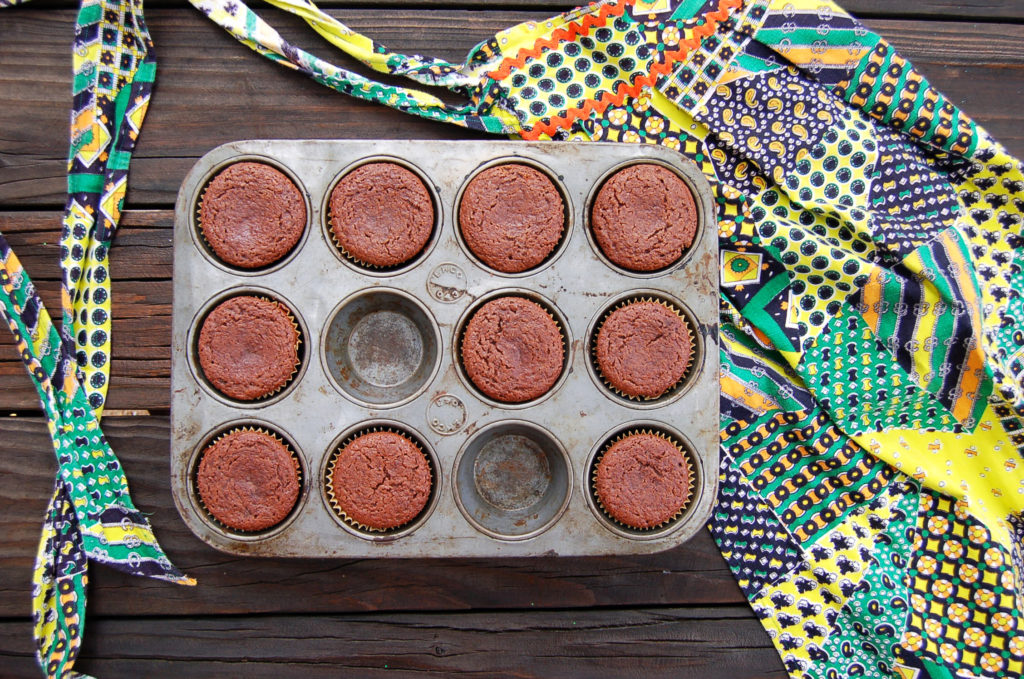


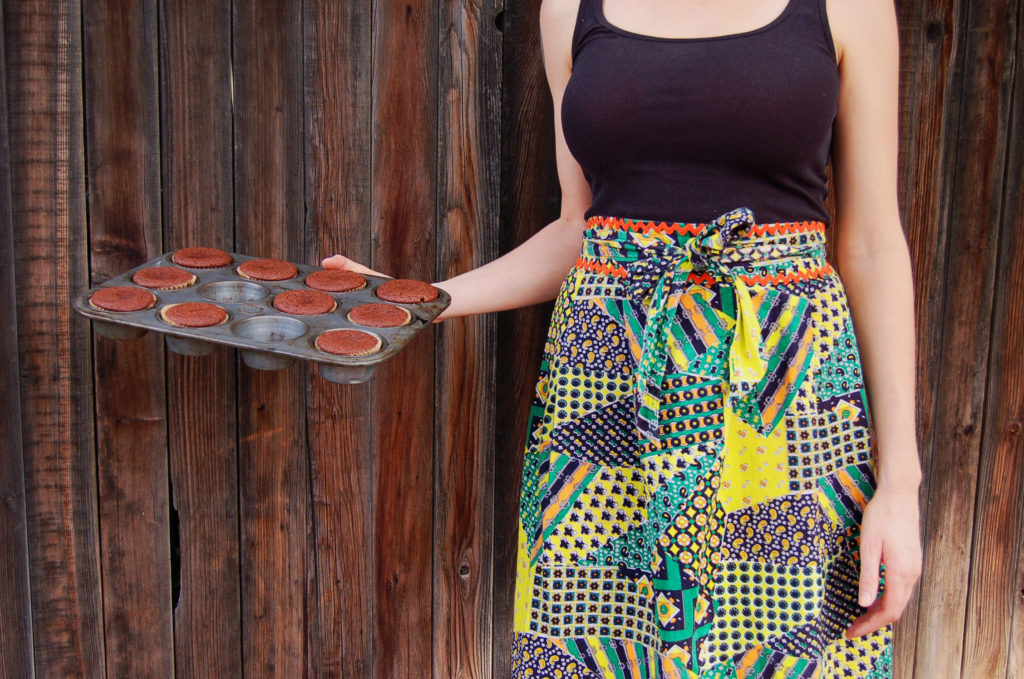


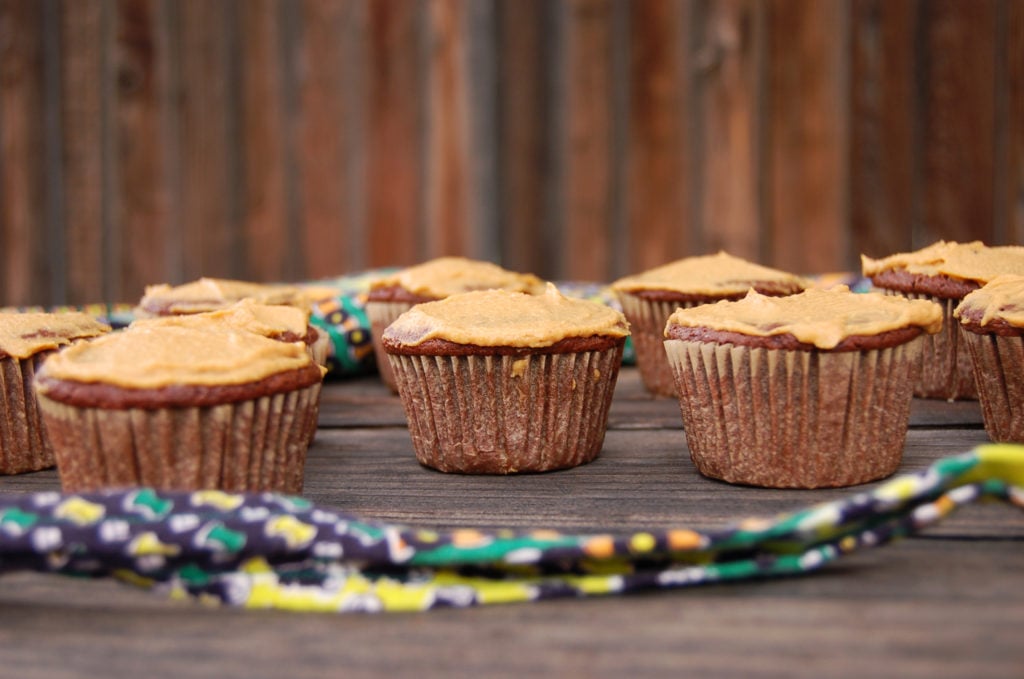


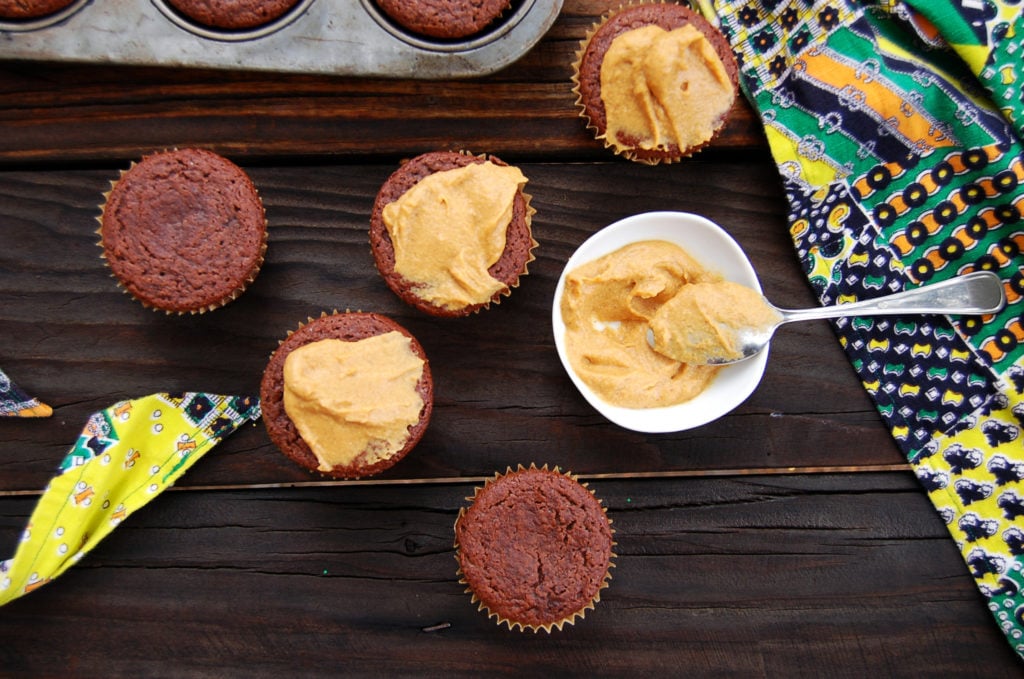


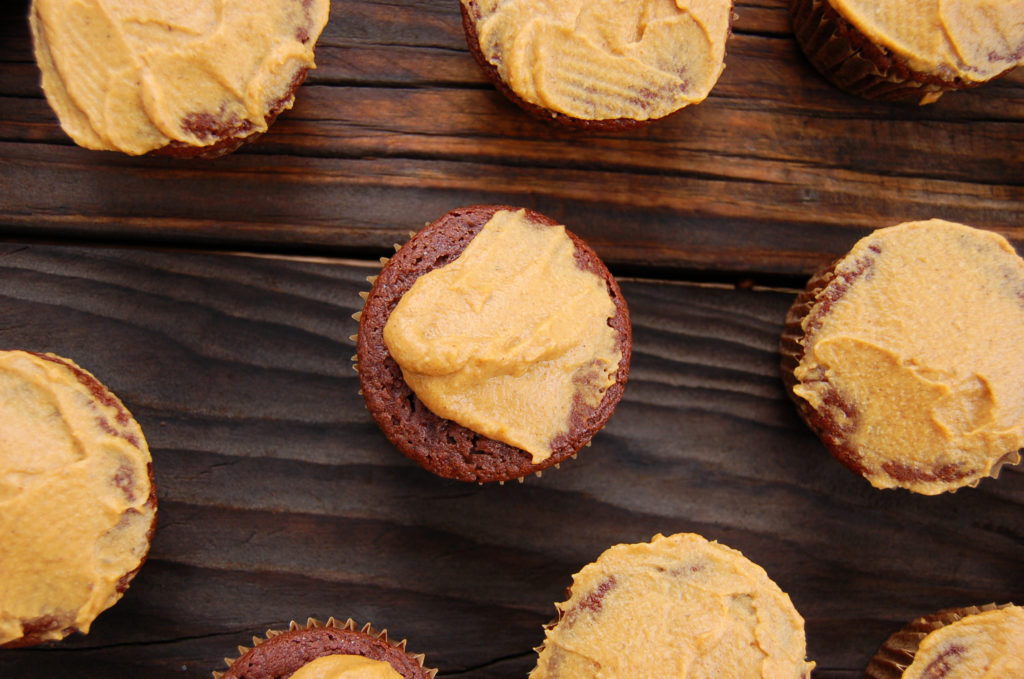




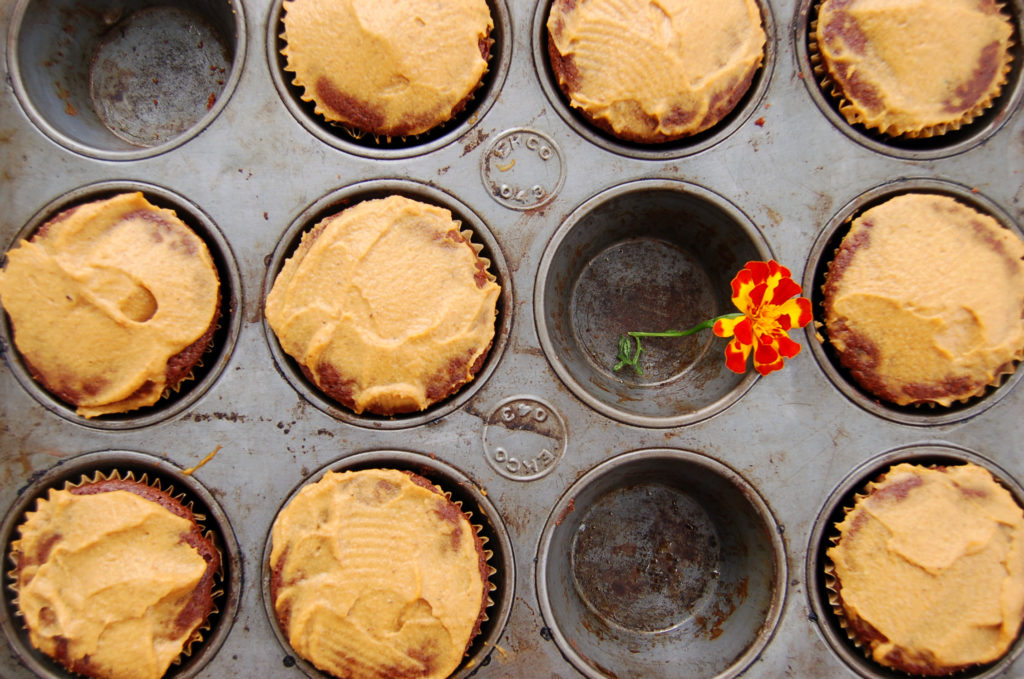








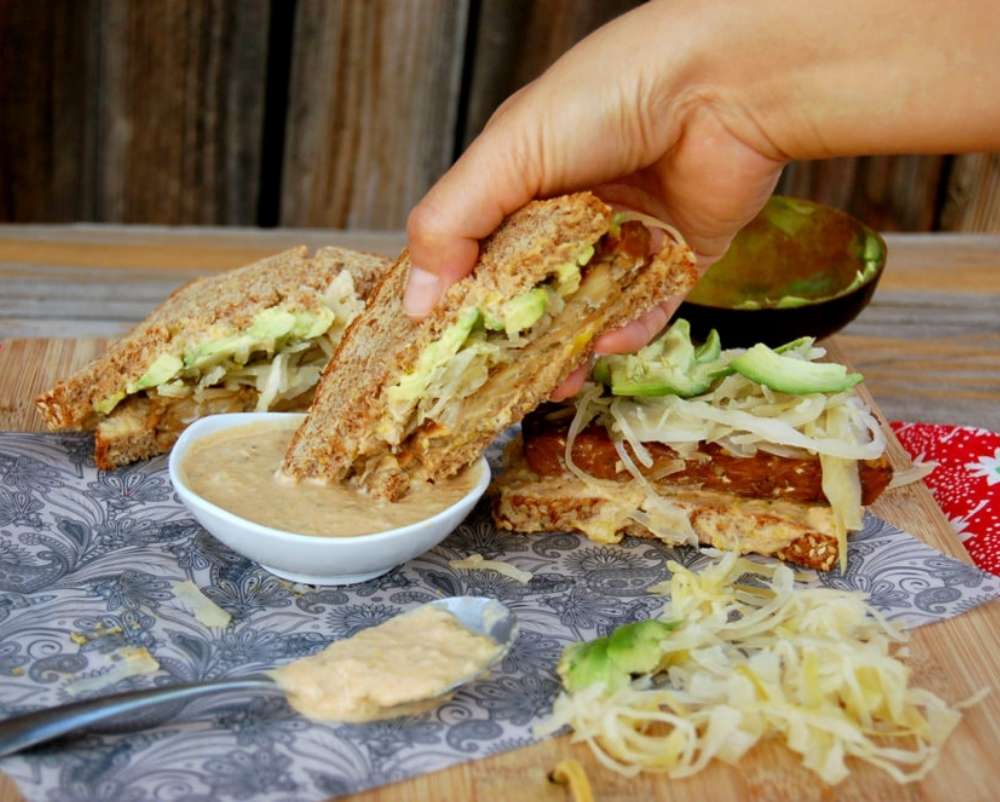



I love this article and the recipe for the cupcakes. Your thoughts about diabetes is quite interesting and much more thoughtful than just drugs alone.
I want to try your cupcake’s as they look great!
Hey Kristina –
Glad you enjoyed it. It’s definitely a different way to think about it.
Keep me posted on those cupcakes!
xo
Molly
The cupcakes look great! Do you think the frosting would work with canned pumpkin?
Hi Adrienne –
Yes – canned pumpkin will work!
Keep me posted!
xo
Molly
I just forwarded this to my dad who called me yesterday to tell me that his Dr. wants to put him on pre-diabatic meds and asked me if I could help him get a plant based diet planned to try to avoid the meds. Thanks so much for posting this exactly when we needed to find it, love. <3
Hi Lesley –
I LOVE perfectly timed finds!
I am sorry to hear about your dad. It can be a strange transition going from standard food to food that will help heal and nourish the body.
Feel free to email me at [email protected] if you have questions.
Have an awesome night!
xo
Molly
Passing the info on to him. Thanks, Molly!
I just found this post. I have a family history of diabetes (Type 2 – both grandfathers and Sister with type 1) and recently got a high A1C reading. I thought with my diet (low carb, low dairy) and my activity (used to do triathlons but then I had a kid so cut back) I would out run it. Ha! Anyhoo… I found this post VERY interesting and can’t wait to explore more of our site.
Hi Beth –
So glad our paths crossed. I wish you the very best numbers.
Get those babies down with diet 🙂
I hope you keep me posted.
xo
Molly
ps – did you sign up for my Saturday emails?
Here’s the link just in case.
https://cleanfooddirtygirl.com/signup/
And if you want to join our private Facebook group – it’s the best healthy eating group out there!
https://www.facebook.com/groups/cleanfooddirtygirl/
Hi Molly,
Nice work on the article. I’ve been around diabetics, but never understood he it worked. I just knew people took insulin shots, regulated their sugar, but didn’t know why. Your approach is very clever and entertaining to a subject that could be boring and cumbersome with medical jargon. I love the metaphor – it helps with understanding the disease and how it works against your body.
Although I’m not vegan, paleo or any of those other diet choices, I have cleaned up my diet in the last few years (a lot). I eat probably 80% organic food and have cut out all fast food, soda, and processed food (that one might have in the house). All that’s left for questionable choices is restaurants and m narrowing them down more and more each day. And progress continues as I educate myself more and more, so I appreciate your site. Looking forward to more.
Hi Matt –
Good for you – cutting out processed foods, fast foods and soda is awesome – though not easy at first – so congrats!
I agree that most articles and books about this are filled with language that makes it even more confusing. Glad you found it useful.
xo
Molly
Hi Molly,
This recipe look great!
But for us millet is somehow a seed we don’t like to eat…, do you have an advise on good substitute for this ingredient please?
Looking forwards hearing from you.
CT
Hi CT,
Quinoa would be a great alternative to millet in this recipe. Let us know how it turns out if you try it!
xo
Meghann
Team Dirty Girl
These look amazing! Do you think they would freeze well?
Thanks
Hi Christine, yes they should freeze well. Just keep them protected from the air/moisture in the freezer in a well sealed container and let thaw at room temperature when you’re ready to eat them. 😉
Meghann
Team Dirty Girl
I’ve read numerous articles on diabetes and have struggled to fully comprehend the goings on. Your ability to summarize the science into concise, easy to understand, real life silliness is astonishing! I love how your brain works! Thank you so much for taking the time to do that.
Was super excited to make these, so different! I will give my thoughts on them: very easy to make, flavor-wise, really needs some salt in the batter to enhance the flavor. Wished I had thrown some in before baking. I don’t care for the frosting, I personally am not a big sweet potato fan but it had good flavor (I did add some salt.) I will definitely make the cupcakes again with salt and I think I might make a nice vegan pb frosting to go on it and add some chocolate chipsto the cupcakes to amp up the chocolate flavor. Love your recipes and blog, Thank you ?
Awesome, Maria! Thanks for stopping back to review them and share your thoughts and mod ideas. Also, thanks for the kind words for Molly! ~Karen
OMG! OK, I was looking for some recipes for cake-y things (cuz cakes, along with pie ,are my achilles’ heel) and came across this post.
“Hmmm…..that sound do-able……..not too hippy-y……….oh,wait, no millet or buckwheat soaked………….ooh, frosting!………..with sweet potato???? OK, I’ll try it” and later after the frosting was done, it was OK. Taste-wise it was yummy, but the texture left something to be desired; too grainy/gritty from the walnuts. I decided i’m gonna soak the walnuts next time and then put them on to simmer with the dates or else walnut or cashew butter and see how that works.
Anyway, there I was with almost another half cup of sweet potato left, wondering what to do with it. Then it hit me: mash it and mix it in with the frosting!! YUM. YUM. Probably not the best thing to eat for breakfast what with the dates and the syrup but it really hit the spot!
Now to go and get some millet and buckwheat……………..
Awesome metaphor for the mechanism of type 2 DM. Makes one wonder WHY OH WHY do doctors prescribe what’s basically a keto diet when it’s FAT that’s the problem!!?? Then I remember what Dr. Mo said about the medical industry and money from sick people not healthy people (I’ll have to go find it again to get the exact wording). It’s also why my pessimistic side thinks that as long as Big Pharma has a hand in it, we are never going to find cures for DM type 1 or cancer or HIV; there’s too much money to lose if a cure is found for these things!
This comment is about the article, this is the best read ever on diabetes. You have changed my heart and my mind on this entire journey that I’m on with diabetes. Thank you for restoring hope in me.
I am so glad you found my blog!
There is so much hope. Never give up, you got this!
xo
Molly
Do you think the walnuts in the frosting could be subbed for pecans or almond butter?
Hi Heather – I think both of these should work. I’d probably favor the pecans over the almond butter if I had a choice, since the consistency would be more similar!
What could I substitute for the buckwheat in these?
Hi Victoria,
We would suggest trying quinoa as a replacement, although we haven’t tested it with that. If you try it, let us know how it turns out!